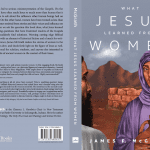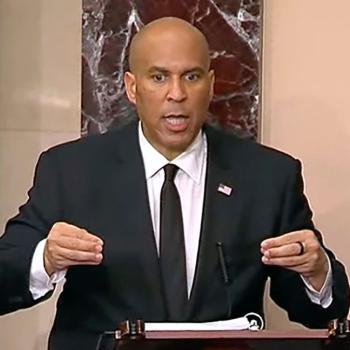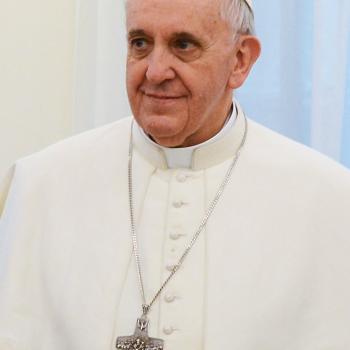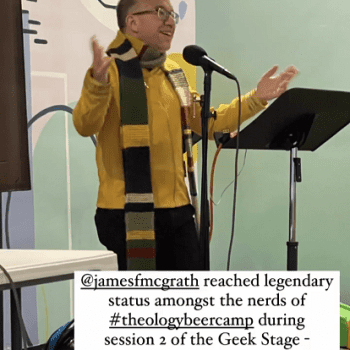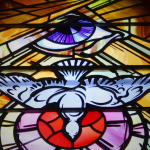There are two opposite tendencies in how the Last Supper is viewed. Some dismiss it as purely the invention of the church. Others insist Jesus must have said, done, and meant exactly what the New Testament authors tell us he did.
As you might guess from things I have written about Jesus and history recently, I think there is a path between the extremes that is preferable, recognizing the likelihood of both a basis in history and reinterpretation and elaboration from the perspective of hindsight to meet the needs and serve within the symbolic world of the developing church.
I think that Jesus may well have had a final meal with his disciples, recognizing that he might meet his end at the hands of authorities soon. Not knowing precisely how much time might pass before the Kingdom of God that he proclaimed dawned to see him vindicated, it would have made sense for him to remind them of his life and practice. He washed their feet. He ate and drank with them. He reminded them that the community he brought together across divided and differences was his body, his essence, that doing this was the lifeblood (as we might put it) of his mission, its very essence. That Jesus on this occasion and perhaps many others emphasized such things seems inherently plausible, and several lines of evidence seem to point to it as well.
In 1 Corinthians 11 Paul emphasizes that the church is supposed to recognize the body in partaking of the bread and wine. They are not to recognize the body and blood, but the body, as they eat and drink. The Corinthians were supposed to be continuing Jesus’ practice yet where he had brought people together they were sowing discord. The Didache interprets the loaf in this same way, as being like the community inasmuch as wheat from many fields has become this one bread. We might see resonances with this in the Gospel of John as well, which has Jesus talk about bread and body in chapter 6 and unity in the vine in John 15. I can even imagine Jesus cognizant of the possibility of an interval between his death and vindication telling his followers to continue his practice in his honor, in his name, in memory of him until they were reunited in the Kingdom.
That the church in the years that followed saw a pointer to and prediction of Jesus’ death in what he said and did is not surprising. Yet we see what I think may be the original meaning peeking through. If I am right about this, or even if this meaning was just one of several layers of significance right from the start, it has a somewhat ironic implication. For the most part, neither the Catholic practice of the Eucharist as sacrifice re-presented, nor the Protestants who insist it is merely a symbol pointing to Jesus’ death, are remaining true to what Jesus emphasized. None of these practices is particularly focused on nor effective at bridging divides and creating a community of people who are divided and at odds in the wider society.
How might churches put Jesus’ own general meal practice, the impetus behind and symbolic context of Jesus’ last meal with his closest followers and friends, back into the center of our celebration of the Lord’s Supper? It would take a meal rather than individual pieces of bread or wafers to try one way that comes to mind. But more radically, it may be that doing precisely this, what Jesus did, in memory of him will not be as true to him as other things we might do. And so another approach would be to keep the practices that are now quite far removed from the significance of what Jesus emphasized, and to add other things alongside the longstanding ritual to give our communities that practical focus on embodying community and unity.
That was, to paraphrase again, the essence and lifeblood of Jesus. What are the (perhaps many different) things we can and should do in memory of him to maintain that as a living reality in our Christian communities in a way that achieves the same effect today?



